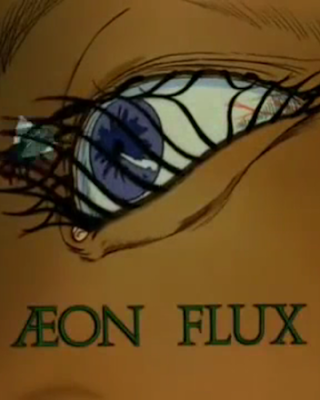Occupation of Paris by Tom Lovell
"I consider myself a storyteller with a brush. I try to place myself back in imagined situations that would make interesting and appealing pictures. I am intent on producing paintings that relate to the human experience.”- Tom Lovell
I picked this painting originally cause it reminded me of the previous analysis I did of Mead Schaffer's Hide The Body. I don't know anything about Tom Lovell that I didn't read through a Wikipedia or Muddy Colors article, but come to find out he lived in New Rochelle where artists like Norman Rockwell and Mead Schaffer lived.
Narrative
Since he painted both covers for pulp novels as well as historical portraits this image could have been one he did for National Geographic or an actual story its hard to tell but you do get the chance to come up with your own story by reading the body language of the figures. That is what is so captivating about the picture. This is a portrait of a family fleeing Nazi occupation of Paris as the guards watch suspiciously.
Perhaps they just had a passport approved to leave the country, we don't know but we can tell by
the older woman's body language that she is afraid and feels very uneasy about the situation. Meanwhile the protective mother stands more upright and defensive as she shoots a gaze over her left shoulder. The Guard also gazes at them and you can almost see this as the moment right before the two make eye contact.
Focus
The light of the window behind the baby and mother is much stronger in value contrast as well as this window behind them creating the negative space around the mother and baby is glowing and it gives the impression that the baby and mother are emanating light. This actually reminds me of religious depictions of the mother and child. They are glowing almost signifying hope but also being used to keep our eye here since it is the brightest value, but this spot has the highest contrast thanks to the blue clothes of the baby.
Composition
The triangular composition becomes more evident once you put the image in Threshold. We see the only white shapes are actually the two triangles in the back and the two rectangular shapes below them in the form of curtains and revealed windows. But these two smaller triangles house the bigger triangle of the overall composition. This could be interpreted as symbolic of the Third Reich since a triangle is often used as a symbol of power over others.
He avoids tangents by overlapping the older woman with the chair in the back and creates atmospheric perspective and the suggestion of a dining hall filled with people with only 5 actual characters. One officer who looks at them suspiciously, a server/butler and three non descriptive people in the back. He only uses the gesture and expressiveness of the pinky finger up to suggest these people are in their element and are not at all scared of the Nazis so they must either be Nazis or a part of the social elite who befriended them. This gesture is enough to make a good contrast with the rest of the tense picture.
Color
The red is obviously the official color of the Third Reich however it serves a double meaning here and feels very ominous like a warning for the protagonists leaving the red makes the scene feel very threatening. Outside of the baby, our main focal point, the palette looks like it stays in the browns, reds and lighter reds.
Notice above how if we go into Adobe Photoshop and use the color balance adjustment to put more Cyan into the picture it immediately feels less threatening. It also feels like it makes it slightly harder to read. Your eyes still go to the family in the front but I found my eye was pulled away from them more.
The red colors dull in the highlighted back curtain to give the illusion of atmospheric perspective.
Here Tom uses the red, brown and green for most of the painting. Green is used for the officers uniforms and the shadow tones on the officers uniforms often have a lot of red in them. Brown and shades of light brown are used for the surrounding area.
Value
The brightest values in the are in the back window, her lipstick, around the child's mouth, the mothers pearl necklace and the scarf of the old lady which brings her forward. He uses highlights on the officers, butler and people in the back to keep them in their visual hierarchy and not to bleed into the background. In fact we still have one other figure silhouetted all the way outside. This gives us again another hint of the space we are in.
The one with the most highlights is the Nazi officer to the right with 18 highlights.
Notice on the chandeler he uses darker values on the right and lighter values on the left since he does not want this element to bleed into the triangle window shape behind it. He uses a few highlights on the right side to suggest where the light is hitting it from.
For more information you can See Muddy Color's book preview of Tom Lovell Illustrator below:
Links:
https://en.wikipedia.org/wiki/Tom_Lovell
http://muddycolors.blogspot.com/2014/12/the-brilliant-tom-lovell.html
http://muddycolors.blogspot.com/2016/10/book-review-tom-lovell-illustrator.html






Comments
Post a Comment